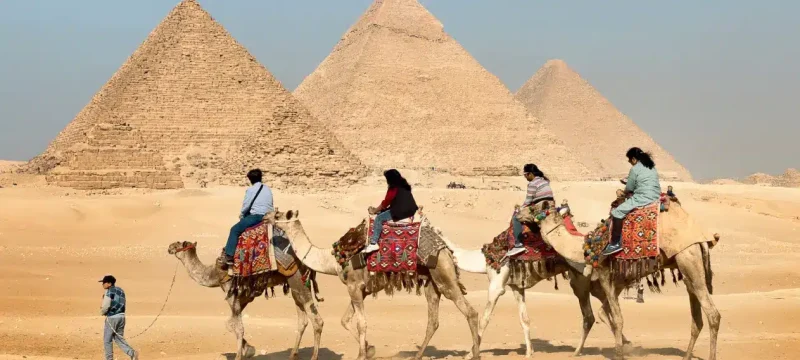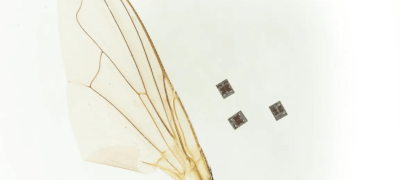In a groundbreaking discovery, scientists have uncovered a long-lost branch of the Nile river that once flowed alongside more than 30 pyramids in Egypt, potentially unraveling the mystery of how ancient Egyptians transported the massive stone blocks to construct these iconic monuments.
This newly revealed 64-kilometre-long river branch, which passed by the iconic Giza pyramid complex and other ancient wonders, remained hidden under desert and farmland for millennia until its recent discovery, as revealed in a study published on Thursday.
The presence of this river branch sheds light on why the 31 pyramids were constructed in a chain along a now barren desert strip in the Nile Valley between 4,700 and 3,700 years ago.
Situated near the ancient Egyptian capital of Memphis, this strip includes the Great Pyramid of Giza — the sole surviving structure of the seven wonders of the ancient world — along with the Khafre, Cheops, and Mykerinos pyramids. Archaeologists had long speculated that ancient Egyptians likely utilized a nearby waterway to transport the colossal materials required for pyramid construction.
Also Read: Engineering student creates brain-controlled electric wheelchair
“However, nobody was certain of the location, shape, size, or proximity of this mega waterway to the actual pyramids site,” explained lead study author Eman Ghoneim of the University of North Carolina Wilmington in the United States.
Employing radar satellite imagery, an international team of researchers mapped the river branch, which they named Ahramat — meaning “pyramids” in Arabic. Radar technology enabled them to penetrate the sand surface and produce images of hidden features, including buried rivers and ancient structures.
Field surveys and sediment core samples from the site further confirmed the existence of the river, as detailed in the study published in the journal Communications Earth & Environment.









